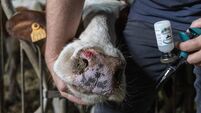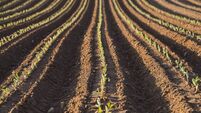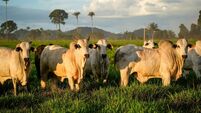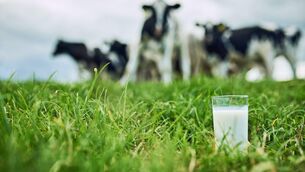'Farmers have no fodder': Impact of 'exceptional flooding' on Shannon Callows

While a scheme to assist farmers who have lost fodder has recently been announced, there are farmers who will have lost "considerably more" than what the support will provide for.
Thousands of acres of silage and hay have been destroyed on farms as a result of flooding on the Shannon Callows.
While a scheme to assist farmers who have lost fodder has recently been announced, there are farmers who will have lost "considerably more" than what the support will provide for.












